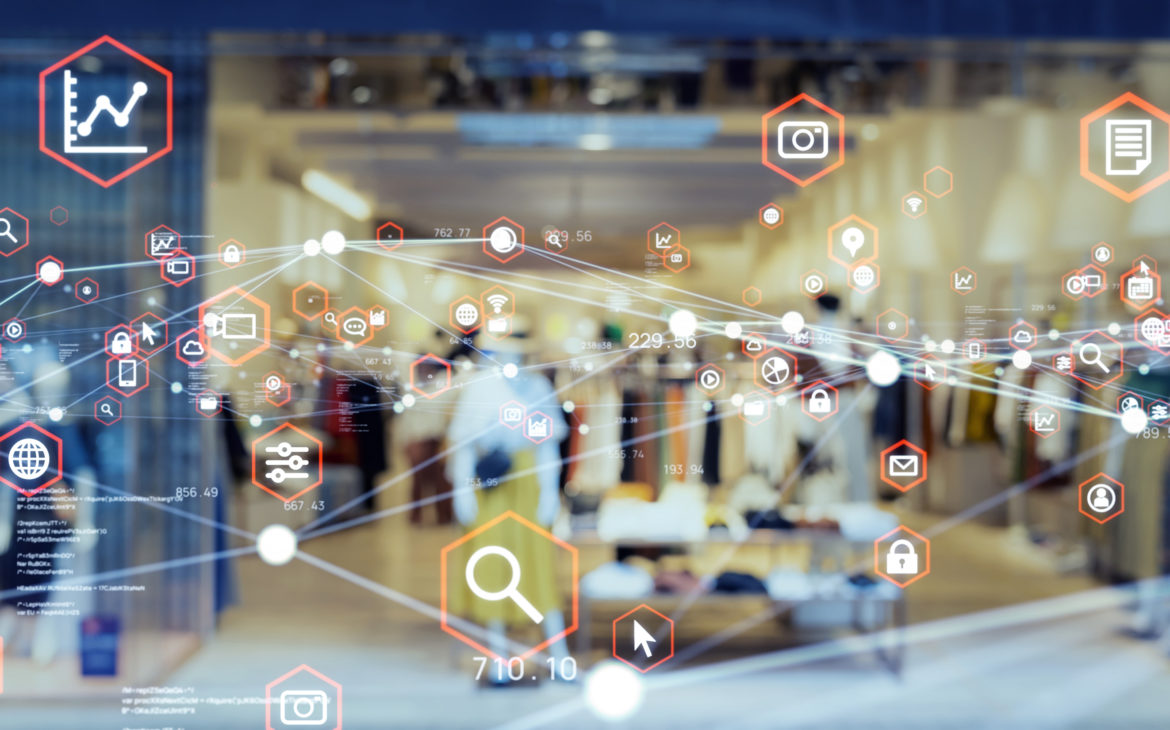The volume of contactless transactions has increased, and social media algorithms are already creating a personalized offer for customers, raising logical questions: what is the next step, and what does stronger use of artificial intelligence and virtual reality provided by 5G infrastructure bring?
Ericsson’s annual report announces that in five years, 65 percent of Croatia will be covered by 5G infrastructure, which will increase the amount of data that can be processed, enabling more intensive use of VR services, smart screens, and cloud services to create a personalized customer experience. A Qualcomm study says 5G will create 22 million new jobs, $3,600 billion in revenue, and $2,100 billion in global GDP growth.
Namely, 5G ensures the use of a faster flow of large amounts of data with lower latency, which is a prerequisite for the development of retail applications tailored to each customer. Experts say the changes will move from less important physical stores towards IoT, AI, and VR technologies as well as cloud use. It’s these technologies that are already processing more data about the customer and their habits, which will become valuable data on which the success of the retail business will depend. This opens the door to 3D printed products, drone deliveries, virtual changing rooms, and many other novelties.
The five retail areas where 5G is making progress are described below.
Personalization
All studies show that 90 percent of customers want a personalized experience, i.e. that stores recommend products specific to their tastes. In this context, physical stores offer the customer human contact and important product information, however, 5G ensures that you get this information in real time without having to go to the store. By using cameras and sensors, retailers can create the impression of a real store, which would save loyal customers’ time, with the additional advantage that they are unlikely to miss short-term promotions. On the other hand, if a customer walks around the shops or shopping center, they could see on a personalized HD screen in the shop window how they would look in the outfit on display. Such a service generates a great need for data and requires high speed, making 5G essential. For example, IKEA has had an application for years that allows you to set up and see how the furniture looks in the virtual space, but this is just a precursor of what’s to come because the future brings apps in which you can place the object in your own virtual room that mirrors the real thing.
More precise supply and faster delivery
5G technology could revolutionize the supply chain and warehouse management, which can result in faster delivery of goods to the customer, but also cheaper products. Even today, retail logistics depends on technology, and a faster and more reliable connection will enhance it. Large warehouses use barcodes to manage merchandise, and cloud inventory data could further speed up delivery and increase control. On the other hand, product delivery creates costs. Experts say that in the future, drones could be used to deliver goods over short distances.
Shopping without checkout queues
Even inside shops, the fifth-generation network could mean eliminating the need for checkout and queuing. Namely, the customer could scan the product with their phone, pay for it immediately, and leave the store with the purchased product without having to waste time at the checkout. The shopping cart check system will monitor that all products taken out of the store are paid for, and what is taken from the stores can be monitored by cameras and sensors with the help of artificial intelligence.
Databases and autonomous robots
Huge amounts of data are generated every day in both online and physical stores, which overloads existing Wi-Fi networks. The 5G network enables the use of a much larger amount of data about the customer, their consumer habits, but also the situation on the shelves and in stock. This is especially important in retail, where hundreds and thousands of items have to be monitored daily. One US supermarket chain recently implemented the so-called Tally robot that monitors the situation on the shelves by navigating the store, forwarding information about the state of the store’s stock to employees as well as customers via the app.
Faster data processing
Nowadays, there is no marketing without detailed processing of collected data, as the basis for advertising, today is knowing the customer and their specific habits and needs. As a result, retailers collect huge amounts of data, but their processing is still relatively slow. 5G will help a lot in this regard, and analysts go so far as to claim that it will also enable real-time data processing. Starbucks already collects huge amounts of demographic data about its customers, their habits, and life choices unrelated to the consumption of food and beverages, so they can predict the future performance of their stores through data processing. By using the database, they can choose profitable locations and avoid financial difficulties.
